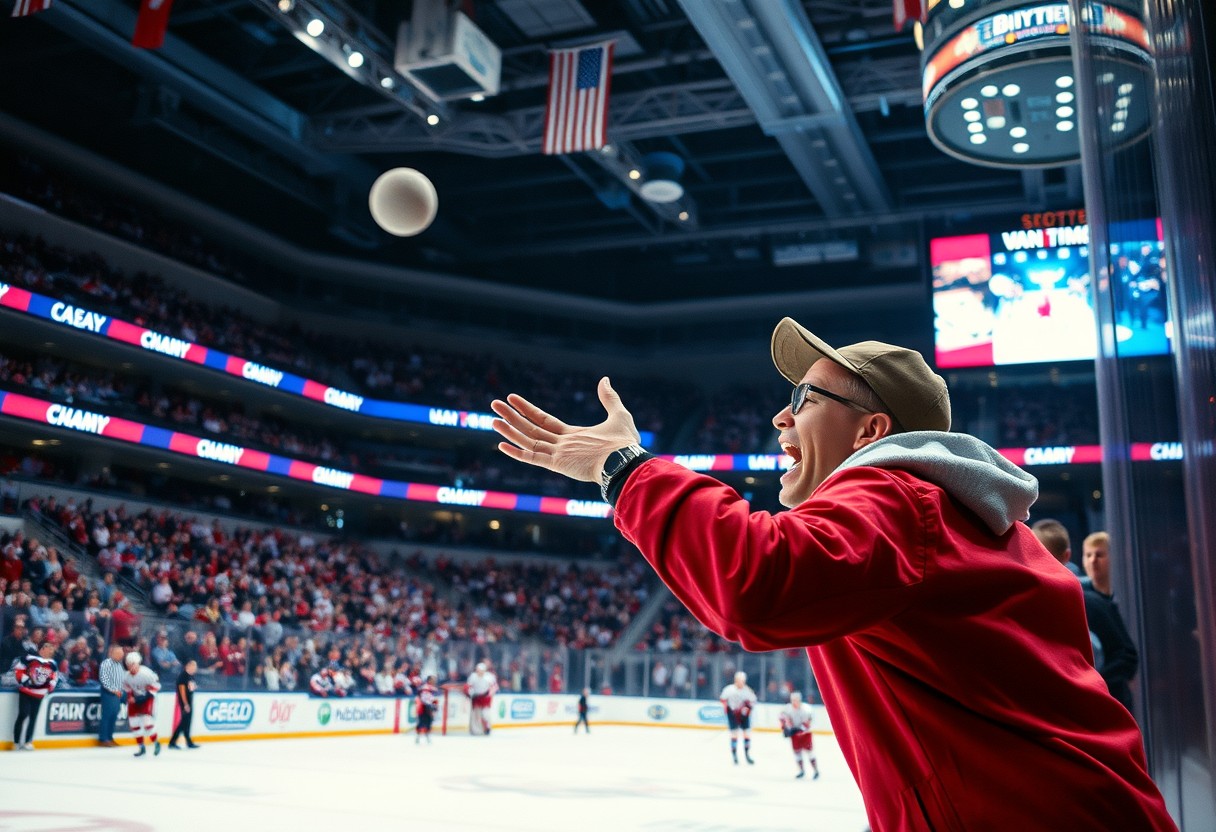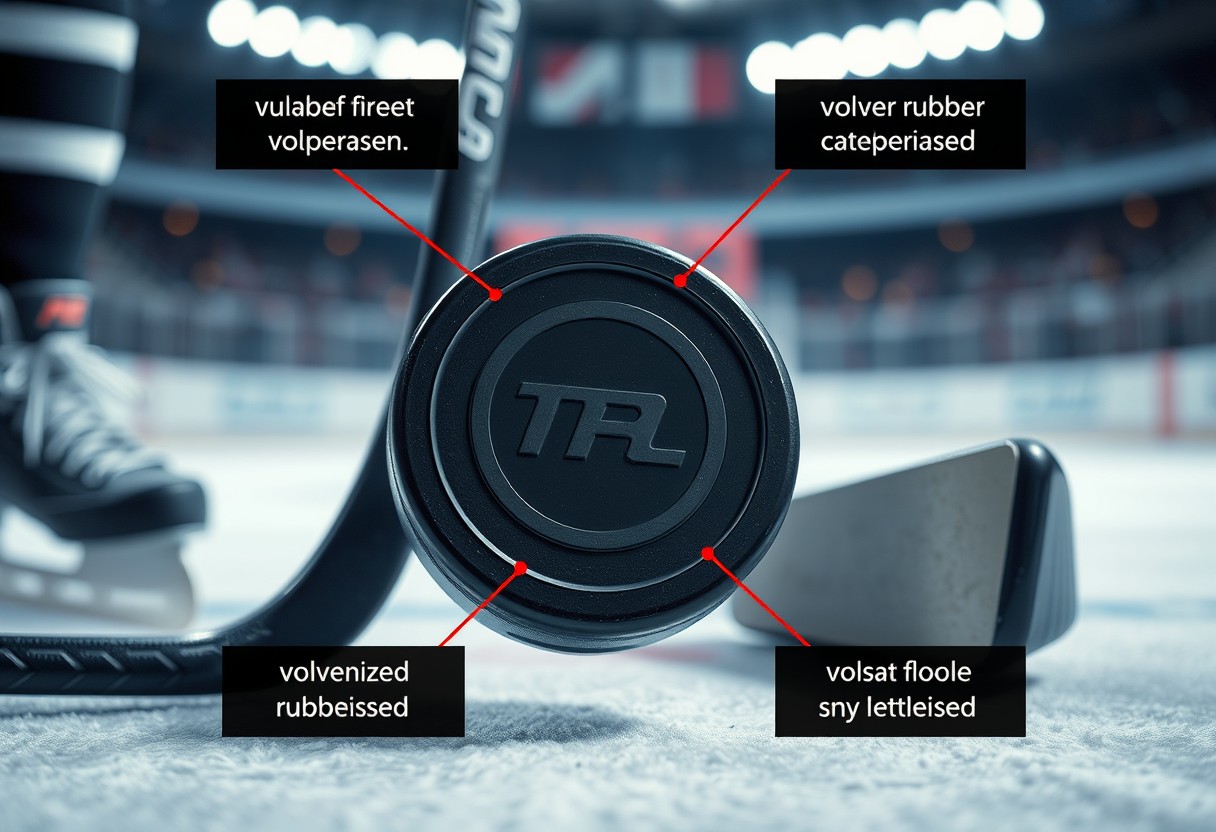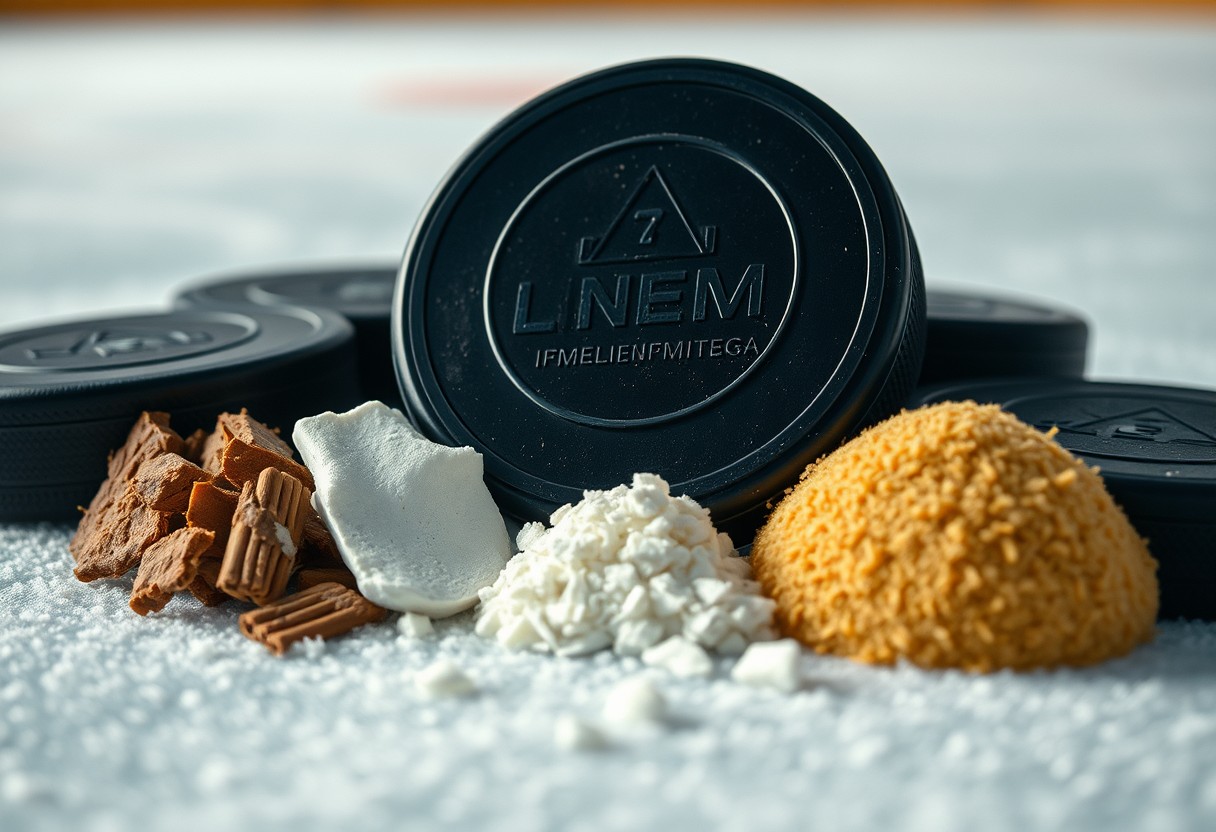Stop gracefully and confidently on the ice by mastering crucial stopping techniques for your ice hockey skates. Knowing how to halt efficiently is key to enhancing your game and ensuring your safety while playing. In this guide, you’ll discover effective methods to achieve a controlled stop, whether you’re a beginner or looking to refine your skills. Let’s examine the techniques you can practice to elevate your stopping ability on the ice.
Understanding Ice Hockey Skates
Your choice of ice hockey skates plays a significant role in your overall performance on the ice. The right skates not only enhance your comfort but also improve your control and agility, which are vital for executing maneuvers, including stopping. Understanding the key components and proper fit can empower you as you progress in your skating abilities.
Components of Ice Hockey Skates
Skates consist of several imperative components, including the boot, blade, holder, and tongue. The boot provides support and stability for your ankle, while the blade allows for precise movements on the ice. The holder connects the blade to the boot, offering a platform for balance and control. Understanding each part can help you maintain your skates effectively and ensure optimal performance.
Choosing the Right Skates
With countless options available, selecting the appropriate ice hockey skates can seem overwhelming. It’s vital to assess your skill level, foot size, and playing style to find the right pair that caters to your specific needs.
A good fitting pair of skates will align with your foot shape and provide adequate support. Take the time to try on different brands and models, considering factors like comfort, stiffness, and weight. Don’t hesitate to seek advice from experienced players or store professionals, as they can guide you to make a well-informed decision. Prioritizing your fit will lead to an improved experience on the ice.
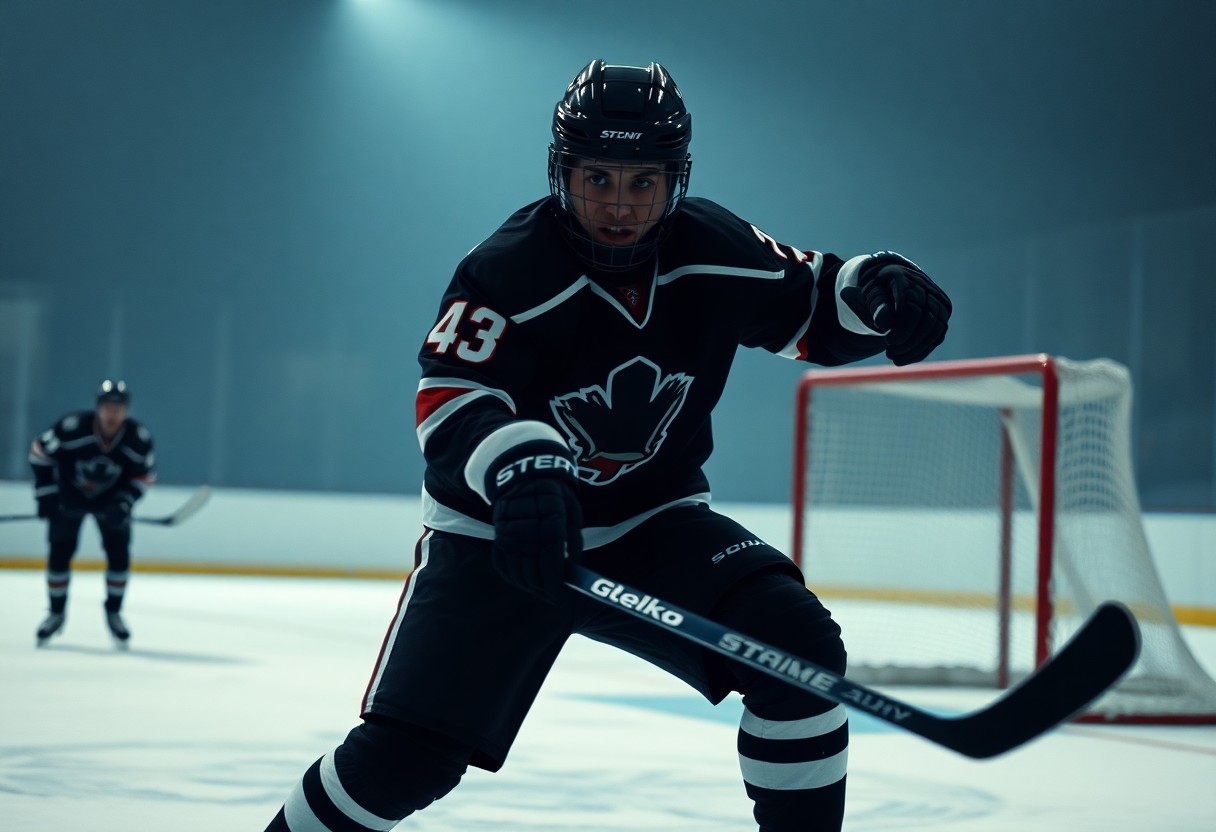
Techniques for Stopping on Ice
Some of the most effective techniques for stopping on ice hockey skates include the snowplow stop, the T-stop, and the hockey stop. Each method has its unique application and can be mastered with practice, allowing you to control your speed and direction seamlessly during a game or while skating recreationally.
The Snowplow Stop
If you’re a beginner or looking for a simple way to stop, the snowplow stop is an excellent choice. By angling your skates outward and pushing your heels together, you create friction against the ice to slow down smoothly.
The T-Stop
An effective mid-level technique is the T-stop, which allows you to come to a complete stop without losing much speed. You simply place one skate perpendicular to the other, creating a “T” shape to slow down.
To perform the T-stop correctly, shift your weight onto your front skate and drag the back skate behind you, forming the “T” against the ice. This maneuver can be adjusted in strength depending on how abruptly you want to stop, making it versatile for various situations on the ice.
The Hockey Stop
To execute a hockey stop, you’ll need to turn your skates sideways while simultaneously applying pressure to the inside edges. This technique allows for a quick and controlled stop, perfect for game situations.
This skill requires practice to master. When done correctly, the hockey stop not only halts your forward motion swiftly but also positions you for your next move, whether it’s passing, shooting, or changing direction. Focusing on your body positioning and edge control will enhance your stopping efficiency.
Tips for Effective Stopping
Unlike other sports, stopping on ice hockey skates requires specific techniques. To enhance your stopping ability, consider these tips:
- Practice regularly on a safe surface.
- Begin with small stops and gradually work your way up.
- Keep your knees slightly bent for better control.
- Focus on your edges as you come to a stop.
- Use your arms for balance and stability.
After putting in consistent effort, you’ll notice improvements in your stopping skills.
Body Position and Balance
With the right body position, you can significantly improve your stopping technique. Ensure your knees are bent and your weight is evenly distributed over your skates, which will help maintain balance during stops. Keep your body low and your head up to gauge your surroundings effectively. This posture provides a solid foundation for executing powerful stops.
Utilizing Edges
Body control is important for effective stopping on skates, particularly through edge work. Using the inside and outside edges of your skates enables you to manipulate your speed and direction, enhancing your stopping capabilities. By angling your skates appropriately, you can dig into the ice and create traction, allowing you to halt your movement quickly and effectively.
This edge work is vital to establishing a strong connection with the ice, providing you with stability and responsiveness. Whether you’re executing a quick stop or a controlled slide, leveraging your edges effectively allows you to slow down and maintain balance seamlessly. Practicing these techniques will build your confidence and improve your overall skating performance.
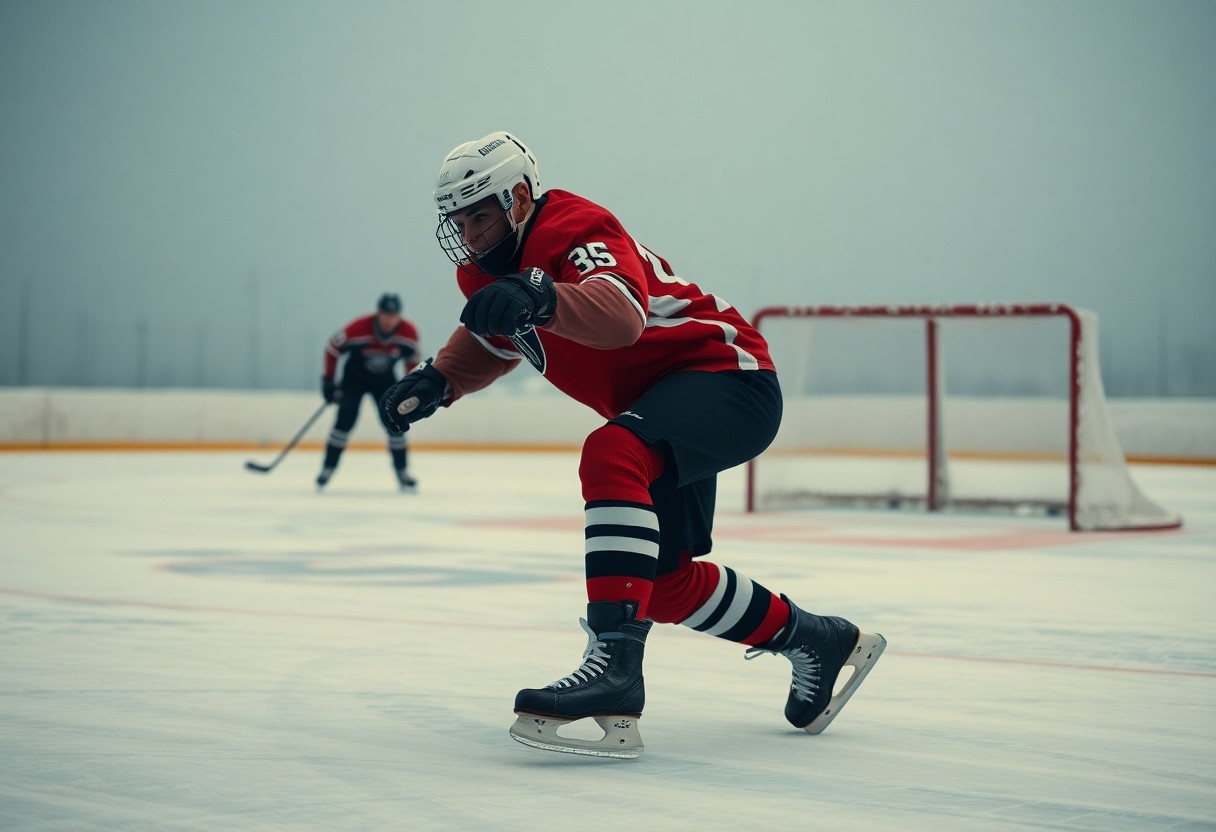
Factors Influencing Stopping Ability
Despite your skills on the ice, several factors can affect your ability to stop effectively. Understanding these elements can enhance your performance:
- Your skating technique
- Skate sharpness and maintenance
- Ice surface condition
- Weight distribution during skating
- Your gear and fit
Recognizing how these factors interplay can significantly improve your stopping abilities.
Skate Maintenance
To ensure your skates perform at their best, regular maintenance is key. This includes sharpening the blades, checking for damage, and adjusting the fit. Properly maintained skates enhance stability and control, making it easier for you to stop effectively. Your confidence increases when you know your skates are in optimal condition.
Ice Conditions
Maintenance of the ice surface plays a significant role in how well you can stop. Factors like temperature, humidity, and the frequency of resurfacing can impact traction and glide. When the ice is well-maintained, you’ll find it easier to dig in your edges and come to a halt. Conversely, rough or slushy ice can hinder your stopping power, making it imperative to pay attention to these conditions before hitting the rink.
This means that if you’re skating on well-groomed ice, you’ll experience better control and stopping ability. Smooth ice allows for cleaner edge work, making it easier for you to brake. If the ice is uneven or has patches of snow, you may struggle to achieve a clean stop, affecting both your performance and safety. Ensure you assess the ice conditions before entering into practice or a game to maximize your stopping effectiveness.
Common Mistakes to Avoid
Now that you understand the techniques for stopping on ice hockey skates, it’s crucial to be aware of common mistakes that can hinder your progress. By avoiding these pitfalls, you can improve your stopping skills and enhance your overall skating experience. Make sure to evaluate your skating habits and identify areas for improvement, ensuring a safer and more effective journey on the ice.
Over-leaning Forward
Mistakes often occur when you lean too far forward while trying to stop. This position shifts your center of gravity, making it harder to maintain balance and control. Instead, focus on keeping a more neutral stance, with your knees slightly bent and your weight distributed evenly over your skates. This adjustment will improve your stability during stops, ultimately leading to safer and more effective skating.
Insufficient Practice
Some skaters underestimate the importance of practice in mastering stopping techniques. Skating, like any skill, requires repeated exposure to build muscle memory and confidence. Make sure to dedicate time to practice stopping maneuvers regularly. Consistent practice not only helps improve your technique but also boosts your comfort level on the ice, enabling you to stop more efficiently and with greater control.
Overleaning on practice can lead to sloppy stopping skills. You may feel that just a few sessions of skating are enough, but the reality is that regular practice is vital for effective learning. Set aside specific times each week for practice, focusing on various stopping techniques. Video yourself during practice, if possible, to evaluate your technique and track your improvement over time. This commitment will pay off, ensuring you become a more proficient and confident skater.
Practicing Stopping Skills
To effectively master stopping on ice hockey skates, you need to dedicate time to practice and refine your skills. Focus on different stopping techniques, such as the snowplow and the hockey stop. Repeating these maneuvers will build muscle memory, allowing you to execute stops with confidence and precision during games. Consistency in practice will significantly improve your stopping capabilities on the ice.
Drills and Exercises
Now, integrate specific drills into your routine that focus solely on stopping. These could include skating in a straight line and suddenly stopping, or practicing lateral movements while stopping. Gradually increase your speed and incorporate cones for more dynamic drills. These exercises enhance your control and balance, key components for effective stopping.
Incorporating Stopping into Gameplay
On the ice, applying your stopping skills during actual gameplay is vital. Focus on making a habit of stopping after taking a shot or engaging with an opponent to maintain control and positioning. This not only improves your game but also allows you to transition smoothly between offense and defense.
Stopping during gameplay helps you quickly react to changing situations on the ice. You want to be poised to intercept the puck or prepare for the next move. Approach each play with the intention to stop effectively, using your practiced techniques. This will enhance your overall agility and effectiveness as a player, ensuring you stay in the action and make the most of every opportunity on the ice.
Final Words
Considering all points, mastering how to stop on ice hockey skates is imperative for your safety and performance on the ice. You should practice various stopping techniques, such as the snowplow and T-stop, to find what feels most comfortable for you. Building your confidence and control will allow you to stop effectively. Regular drills, proper posture, and maintaining your balance will significantly enhance your stopping skills. With dedication and practice, you will improve your stopping technique, making your ice hockey experience safer and more enjoyable.


